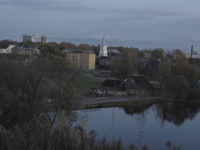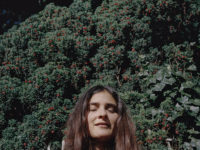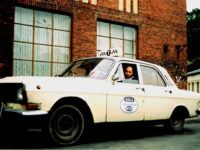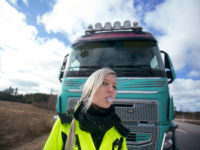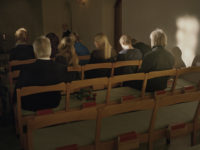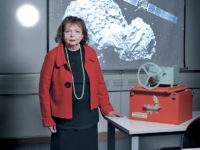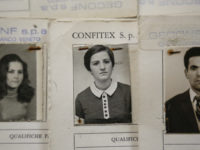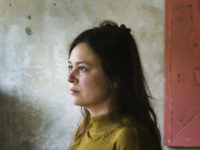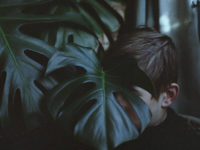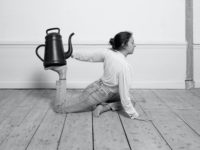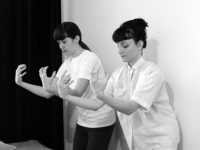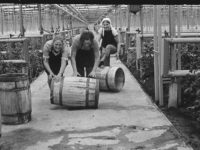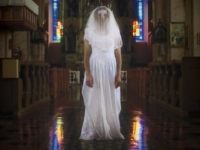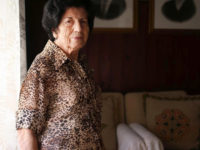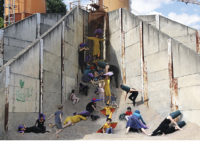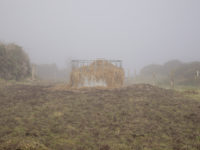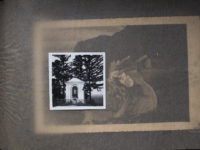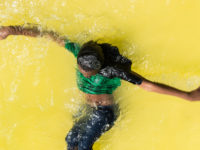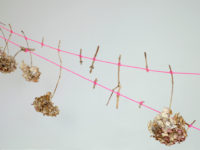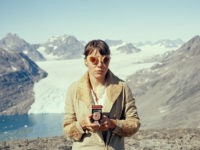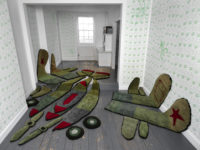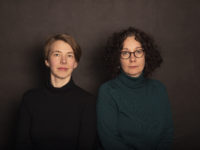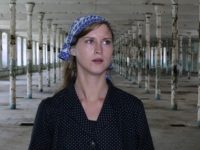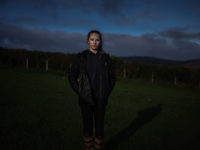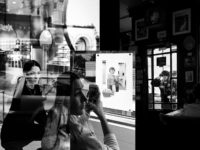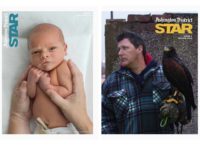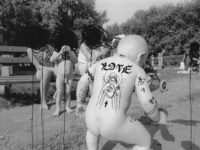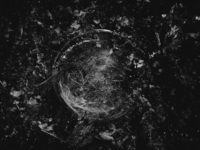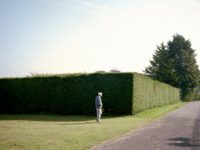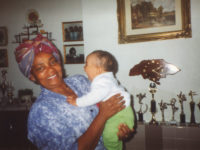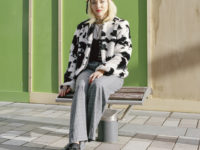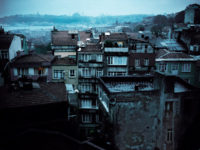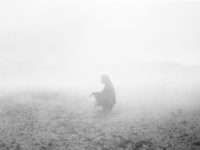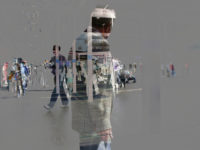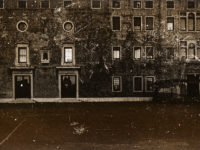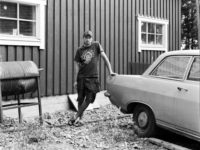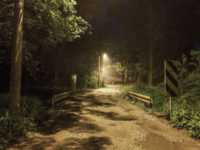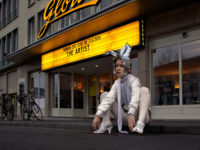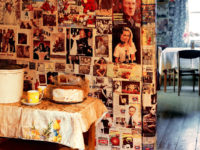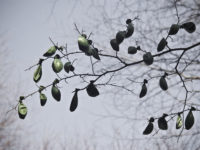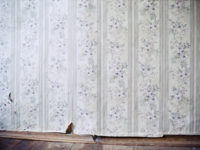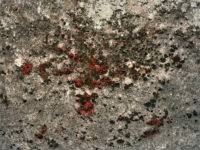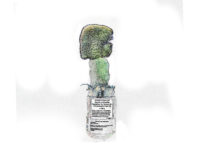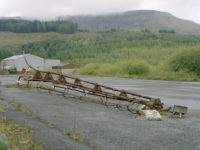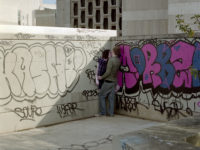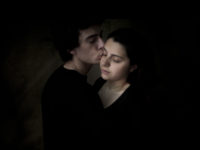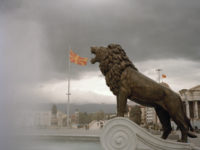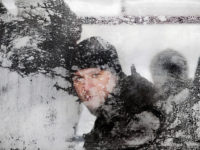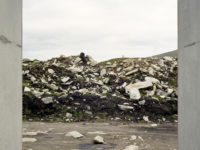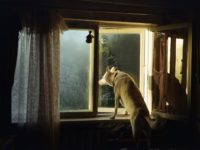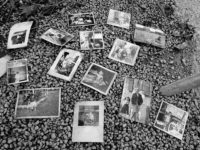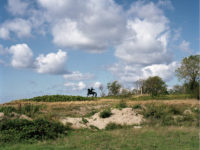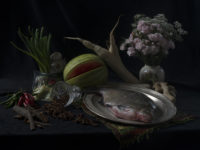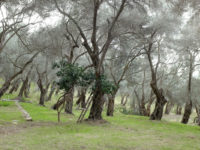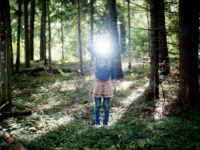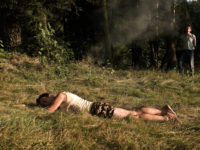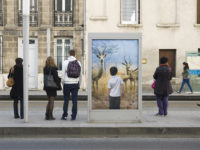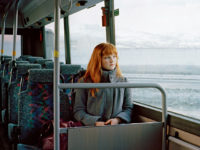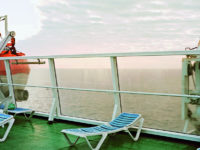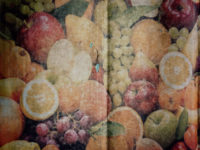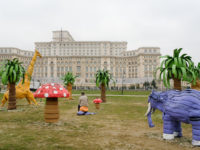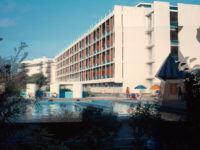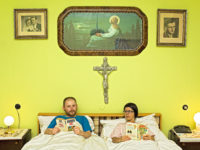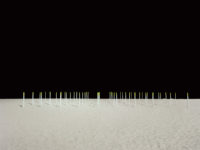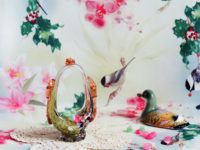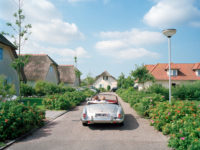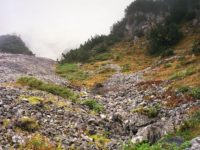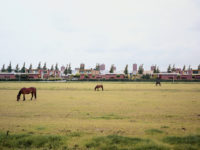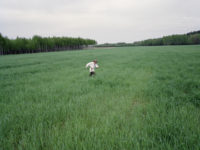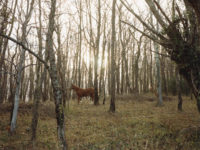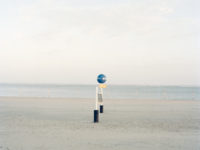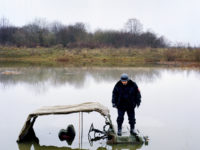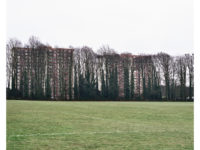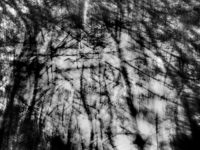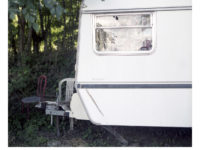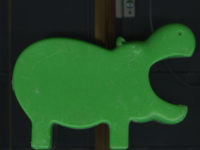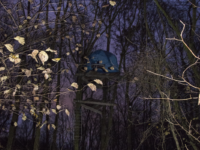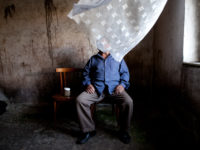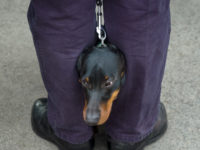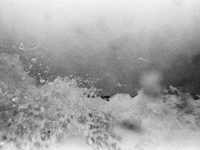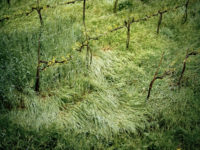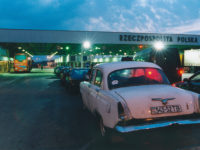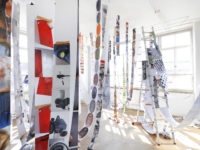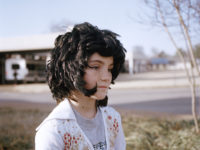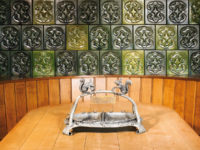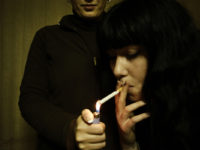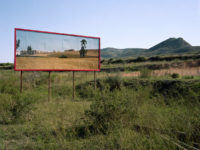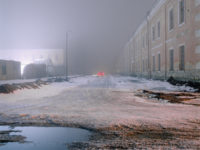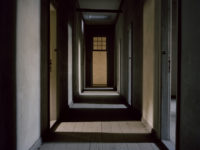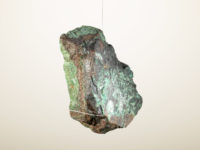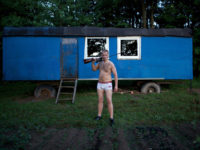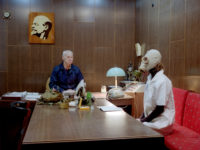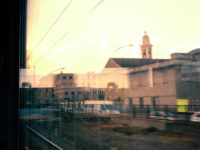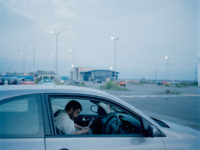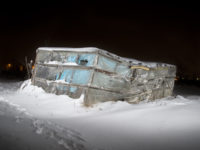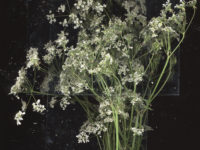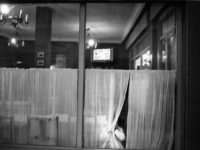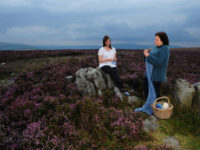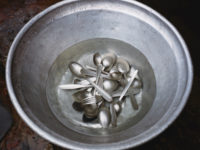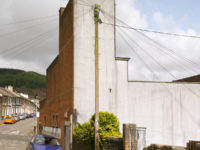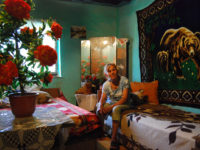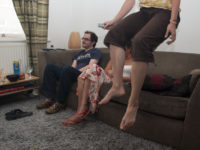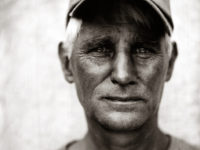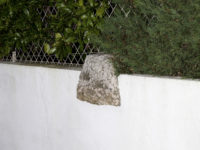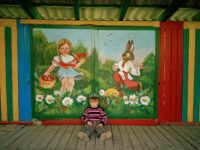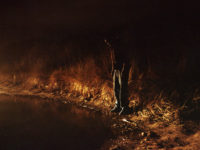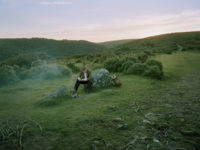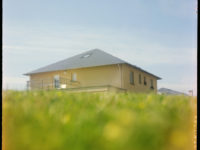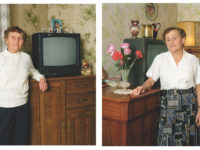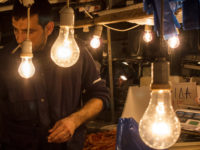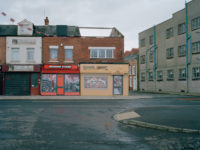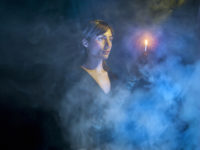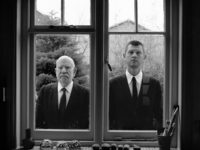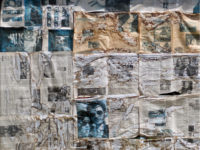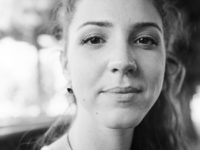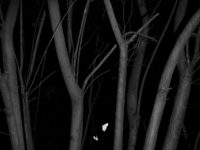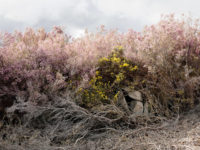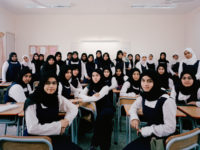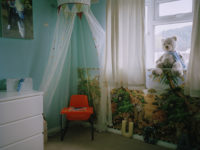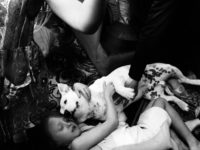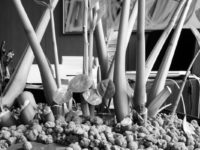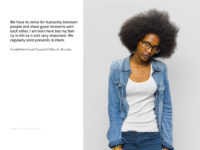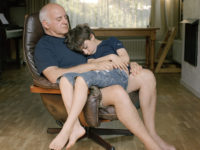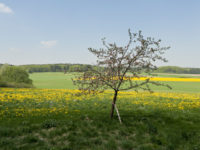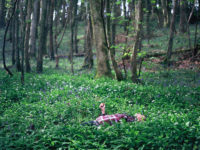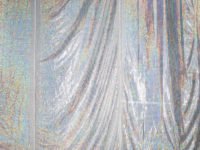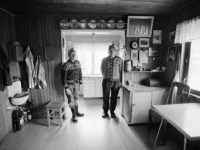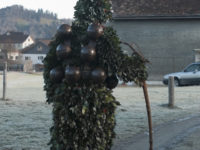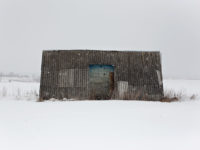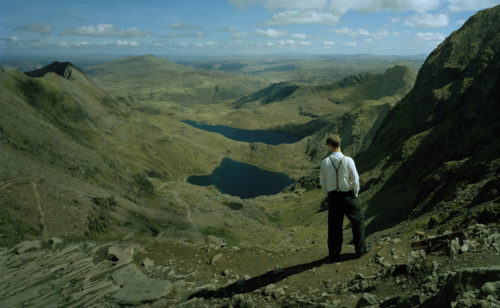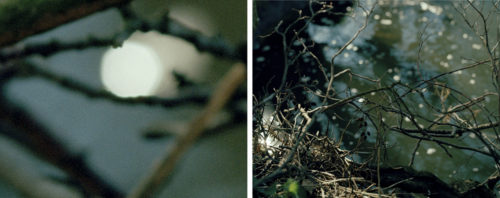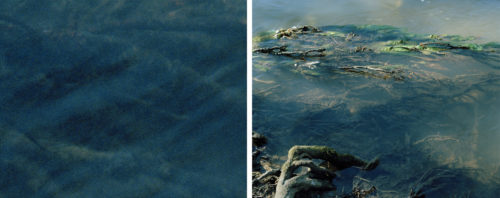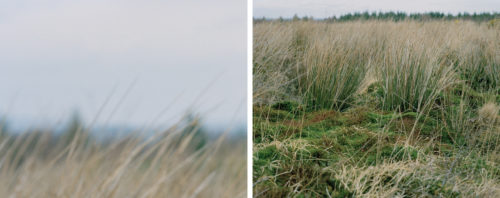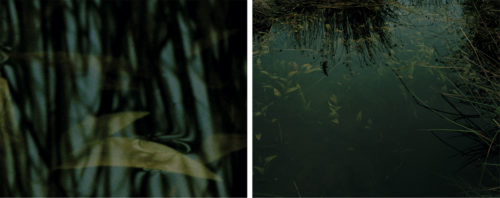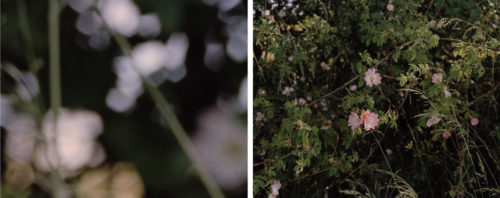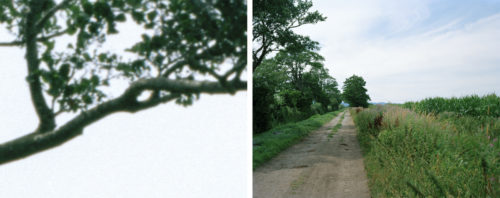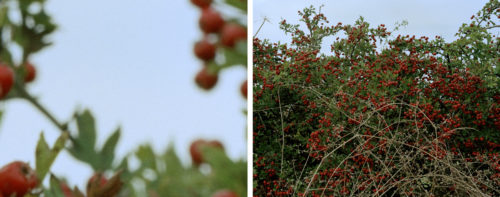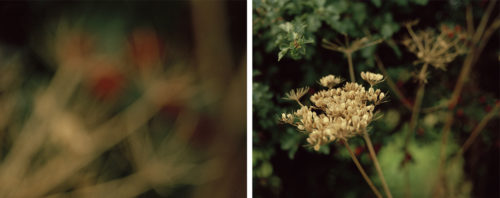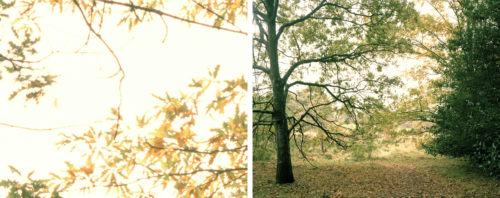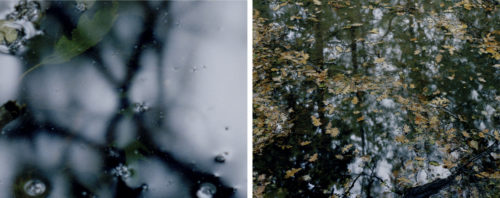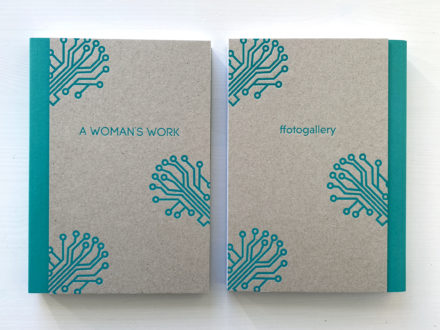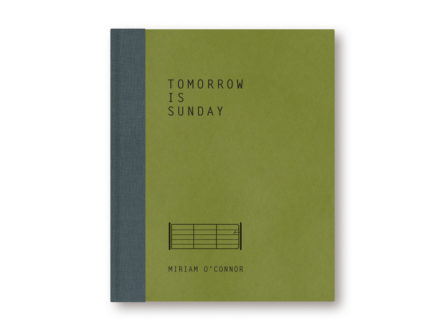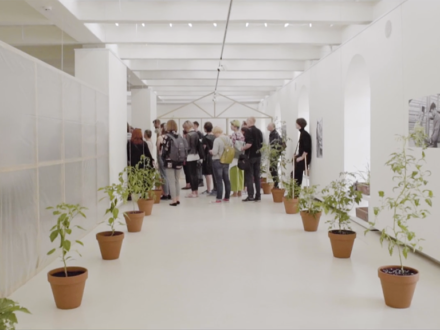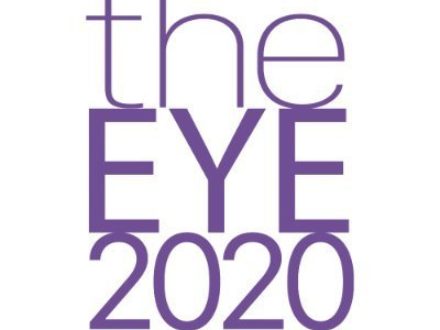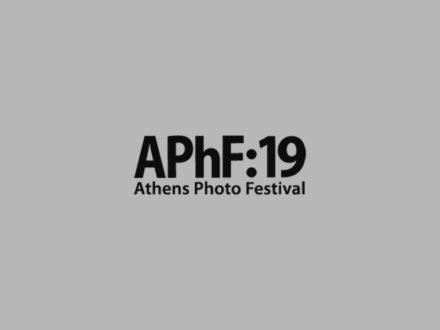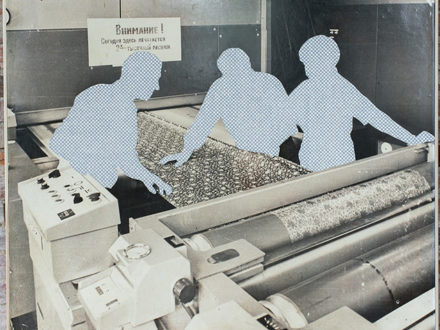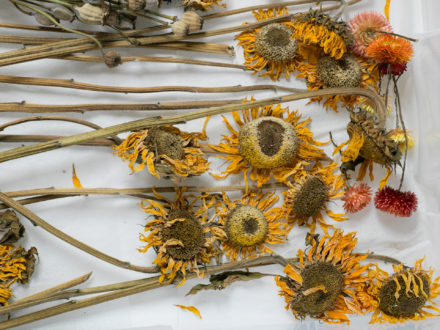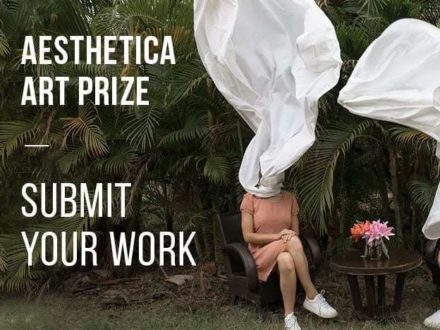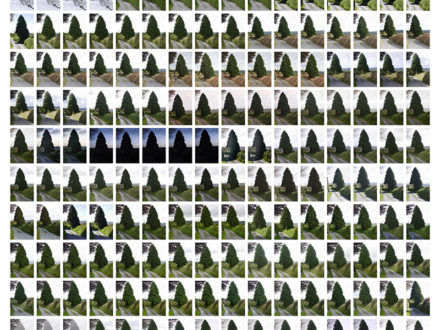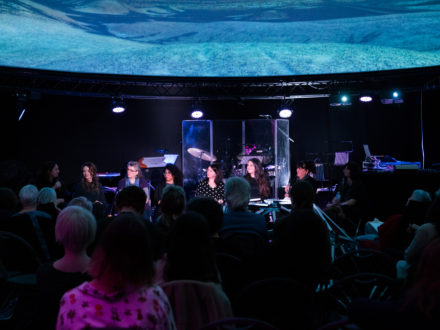Biography
Lottie Davies was born in Guildford, UK, in 1971. After a degree in philosophy at St Andrews University in Scotland, she moved back to England to learn the photographic trade as an assistant in London, where she has since been based.
Davies has won recognition in numerous awards, including the Association of Photographers’ Awards, the International Color Awards, and the Schweppes Photographic Portrait Awards. Her work, particularly the Memories and Nightmares series, has garnered international acclaim. Quints won First Prize at the Taylor Wessing Photographic Portrait Awards 2008 at the National Portrait Gallery in London, Viola As Twins won the Photographic Art Award, Arte Laguna Prize in Venice in 2011, and her imagery as a whole won the Young Masters Art Prize in 2012.
Davies’ work is concerned with stories and personal histories, the tales and myths we use to structure our lives: memories, life-stories, beliefs. She takes inspiration from classical and modern painting, cinema and theatre as well as the imaginary worlds of literature. She employs a deliberate reworking of our visual vocabulary, playing on our notions of nostalgia, visual conventions and subconscious ‘looking habits’, with the intention of evoking a sense of recognition, narrative and movement. Sandy Nairne, director of the National Portrait Gallery in London, has described Davies’ work as “brilliantly imaginative”.
Lottie Davis is represented by LA Noble Gallery in the UK, The Cynthia Corbett Gallery in America, De Magistris Arte in Italy and Galerija Fotografija in Slovenia.
Portfolio
Sixteen
What is it like to be sixteen years old now?
In a major touring exhibition for 2019-2020, leading contemporary photographers have joined forces to present the multimedia project Sixteen, exploring the dreams, hopes and fears of sixteen-year-olds across the UK, led by photographer Craig Easton, who conceived this ambitious project following his engagement with sixteen-year-olds at the time of the Scottish Referendum.
My own contribution to Sixteen was concentrated in the seaside town of Hastings, in East Sussex, where I made contact with sixteen-year-olds from the town and nearby. In response to the collective desire to engage with young people in an empowering way, I elected to absent myself from the resulting pieces as much as possible, and to use a method of communication used by, and associated with, young people; FaceTime video. With this in mind, I recorded frank and open conversations with seven young people about life, the future, careers, politics, pets, family, social media, the internet, gaming, university… and attempted to distil their observations into the short film pieces shown here. I found myself reassured - by each of these sixteen-year olds thanks to their inspiring and thoughtful approach to life - that their generation will do a better job than mine in their custodianship of our country.
More about the project:
Photographers: Robert C Brady, Linda Brownlee, Lottie Davies, Craig Easton, Jillian Edelstein, Stuart Freedman, Sophie Gerrard, Kalpesh Lathigra, Roy Mehta, Christopher Nunn, Kate Peters, Simon Roberts, Michelle Sank, Abbie Trayler-Smith, plus the first of four specially selected students, David Copeland, MFA candidate at Ulster University. You can find out more about each photographers’ work via our artist page.
Sixteen is an age of transition, of developmental, and of social change. At this time of increasing national and international anxiety, these young people are shifting from adolescence to become the adults who will live in a politically reshaped country, divorced from the European Union.
Working with photography, film, social media, audio recordings and writing, the project brings together the faces and voices of more than a hundred young people from diverse communities across the United Kingdom. Locations span large conurbations such as London, Birmingham and Manchester, the South West, Northern Ireland, the Scottish Islands, and post-industrial areas of the North.
The photographers open up conversations with these young people about their hopes and fears, and who or what sustains them, giving prominence to voices.
Portfolio
Quinn
This is an evolving project begun in 2014 - it is the story of a fictional character, W H Quinn,
who is traveling north from the south west of England, in 1946.
Quinn
is intended to be part novel, part still photographs, part found and purchased objects, and part film; each
'chapter', be it still image, or object, or prose, can be experienced as a discrete story, to be enjoyed or
puzzled over by itself, or as part of a wider narrative.
Portfolio
Dust to Dust: Meditations on Old Wars
I visited New York City two weeks after the devastation of 9/11; the city was full of people in
shock, there were flags everywhere, and there was talk of moving away, to somewhere safer. But, my first
visit to the site of the Twin Towers wasn't until 2013. When I did go there, I found people taking
photographs of the empty space, and of themselves with it.
That visit was the
inspiration for this series. Over the course of a year, I visited the sites of various medieval battles in
Britain; Bosworth, Culloden, Hastings and others, in the same months as the original conflicts. I wanted to
see what remnants of the were there, to discover whether a sense of horror was still apparent. I considered
mankind's apparently constant desire for conquest, for power over other men. I walked the 'battlefield
trails' trying to summon up an understanding from the evidence that there might be there, but what I found
was that there isn't very much. Grass has covered the ground, trees have grown, fallen and reseeded, and the
stories are all that remain.
I found more pictures within the images when I was
preparing them for printing; as if I were able to excavate within the original pictures; abstractions and
swirls of colour in a floating leaf; a branch against the sky. There is, I think, some comfort to be found
in the knowledge that when all evidence of humanity is gone, there is likely still to be something of beauty
to be found.


